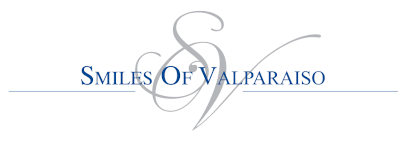Lumineers Are Simply Another Brand Name

Question: “I’ve seen a lot of advertisements in magazines for Lumineers lately. What are they, and do they work well?”
Answer: There are several dental laboratories that have begun to market their products directly to the public at the national level. Several of these labs are specifically marketing their porcelain veneers under particular trademarked names that they have developed.
In my opinion, this trend has several benefits and potential drawbacks. On the positive side, these marketing campaigns create awareness within the public of some of the things that dentists can do for people. Marketing dental products and services stimulate many people to call their dentists for long-postponed dental appointments. Additionally, many more people are asking questions about some of these services that can improve their oral health and/or confidence in their smiles.

On the negative side, some dental marketing is misleading or even downright unethical. Ads that make outrageous claims or falsely represent a product or service can mislead the public and create unrealistic expectations. It is important that every dental team has the knowledge and training necessary to accurately and honestly answer questions pertaining to these dental products and services.
Hundreds of dental laboratories around the country fabricate porcelain veneers. Many types of porcelain are utilized by these various labs. Some of these labs have trademarked names to attach to their own veneers, and they market them aggressively to the public. A few of these “brand names” include, DaVinci Veneers, MAC Veneers, DURAthin Veneers, and of course, Lumineers.
Lumineers and DURAthin veneers are specifically marketed as “no-preparation” or “minimal preparation” veneer systems. Both types of veneers can be used effectively if case selection is appropriate and if the proper techniques are applied. Unfortunately, these systems are sometimes perceived as a “one-size-fits-all” panacea for porcelain veneers.
In my experience, only a small percentage of “smile makeovers” are conducive to “no-prep” or “minimal prep” veneer cases. I have observed that most cases require some degree of tooth reshaping in order to achieve optimal esthetics, functionality, and longevity.
The final result is generally determined by a variety of factors including the preoperative condition and position of the teeth, the care, skill, and judgment of the dentist, and the quality of the work performed by the ceramist.
Lumineers, like all of the other porcelain systems, can yield a successful result in the right situation. However, they will not work in every case, so the dental team and ceramist must be prepared to use whatever system is most likely to achieve superior results.
